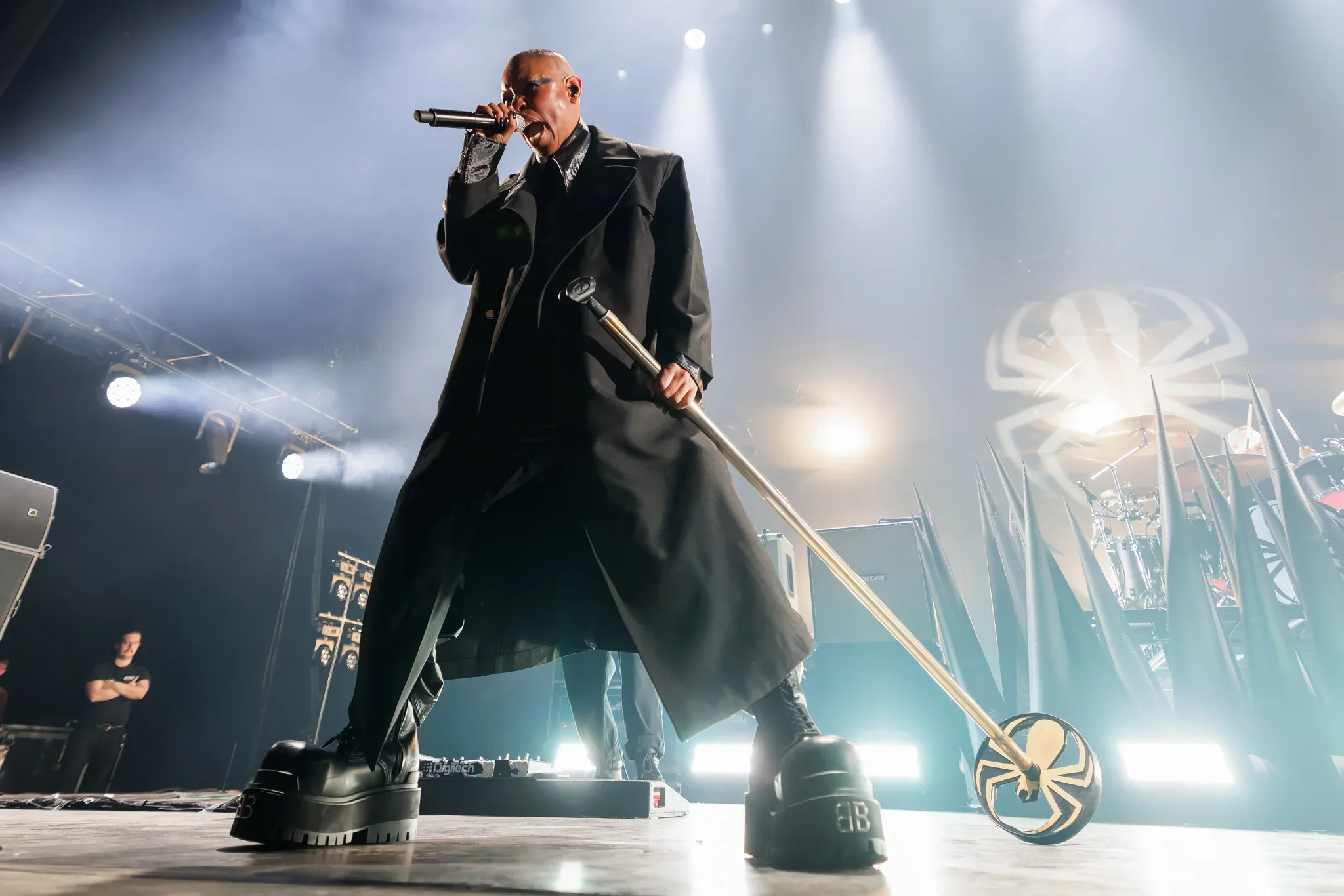Understanding Different Music Genres: Adapting Your Style
Every music genre has its own energy, its own visual language, and its own photographic demands. Understanding these differences isn’t just about technical settings—it’s about capturing the soul of each musical style.
Rock and Metal: Energy and Intensity
Rock and metal shows are all about raw energy and power. The lighting is often dramatic with heavy use of reds and blues, smoke machines create atmosphere, and the performers move with aggressive intensity. Your photography needs to match this energy.
Use faster shutter speeds to freeze the action—guitarists throwing their heads back, drummers mid-strike, singers leaping across the stage. Don’t be afraid of high contrast and dramatic shadows. These genres thrive on intensity, and your photos should reflect that.
Position yourself to capture the interaction between band members, the sweat on their faces, and the raw emotion of the performance. Wide shots that show the full stage spectacle work well, but don’t miss the intimate moments of concentration and passion.
Jazz: Intimacy and Subtlety
Jazz photography is the complete opposite of metal. Here, you’re capturing subtlety, concentration, and intimate musical conversations. The lighting is often softer and warmer, creating a more refined atmosphere.
Focus on the musicians’ hands on their instruments, their facial expressions as they lose themselves in the music, and the interaction between players. Jazz is about listening as much as playing, so capture those moments of concentration and response.
Use slower shutter speeds occasionally to capture the movement of a saxophone or the blur of fingers on piano keys. This can add a sense of motion and musicality to your images.
Electronic/DJ Sets: Light Shows and Atmosphere
Electronic music and DJ sets are visual spectacles. The artist might be stationary behind equipment, but the real show is in the lights, lasers, and crowd reaction. Your job is to capture the entire experience.
Focus on the interplay between the DJ and the light show. Capture the lasers cutting through smoke, the colorful LED displays, and the synchronized light patterns. Don’t forget the crowd—their reaction and movement are integral to the electronic music experience.
Use longer exposures to capture light trails and movement, but balance this with sharp shots that freeze the peak moments of the performance.
Folk and Acoustic: Storytelling and Connection
Folk and acoustic performances are about storytelling and connection. The venues are often smaller, the lighting more intimate, and the focus is on the lyrics and melody rather than spectacle.
Capture the artist’s connection with their instrument and their audience. Focus on facial expressions, hand positions, and the intimate atmosphere of the venue. These genres often feature solo performers or small groups, so individual portraits work well.
The lighting is usually more consistent and warmer, allowing you to use lower ISOs and achieve better image quality. Take advantage of this to capture fine details and subtle emotions.
Hip-Hop: Attitude and Performance
Hip-hop is about presence, attitude, and commanding the stage. Artists often interact heavily with the crowd, use the full stage space, and project strong personalities through their performance.
Capture the artist’s commanding presence, their interaction with the crowd, and their use of the stage space. Hip-hop performances often feature dramatic lighting and stage effects, so be ready for rapid changes in conditions.
Focus on powerful poses, crowd interaction, and the energy exchange between performer and audience. Wide shots that show the artist commanding the full stage work well, but don’t miss the close-ups that capture attitude and expression.
Pop: Polish and Production Value
Pop concerts are highly produced affairs with carefully choreographed lighting, costume changes, and stage effects. Everything is designed to create a polished, professional spectacle.
Your photography needs to capture both the technical excellence of the production and the personality of the performer. Focus on costume details, choreographed movements, and the interaction between the artist and the elaborate stage setup.
Be ready for rapid changes—pop concerts often feature multiple costume changes, different stage configurations, and varying lighting setups throughout the show.
Adapting Your Technical Approach
Each genre requires different technical considerations. Metal shows might need higher ISOs and faster shutter speeds, while jazz performances allow for more controlled shooting conditions. Electronic shows require you to work with challenging lighting effects, while folk performances offer more consistent conditions.
The key is preparation. Research the artist and genre before the show. Understand what to expect in terms of lighting, movement, and stage setup. This preparation allows you to adapt your settings and approach to match the musical style.
Respecting the Music
Above all, respect the music and the artist’s vision. Your photography should enhance and complement the musical experience, not distract from it. Each genre has its own aesthetic and energy, and your photos should reflect and celebrate these differences.


